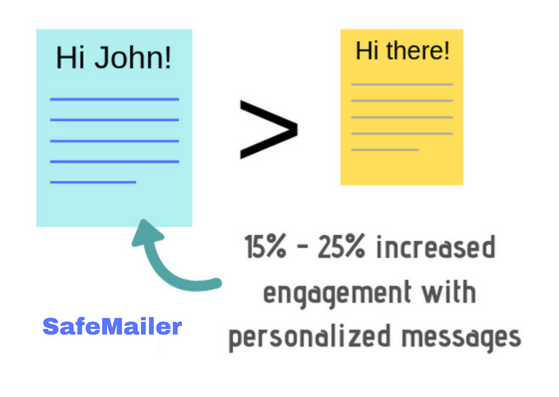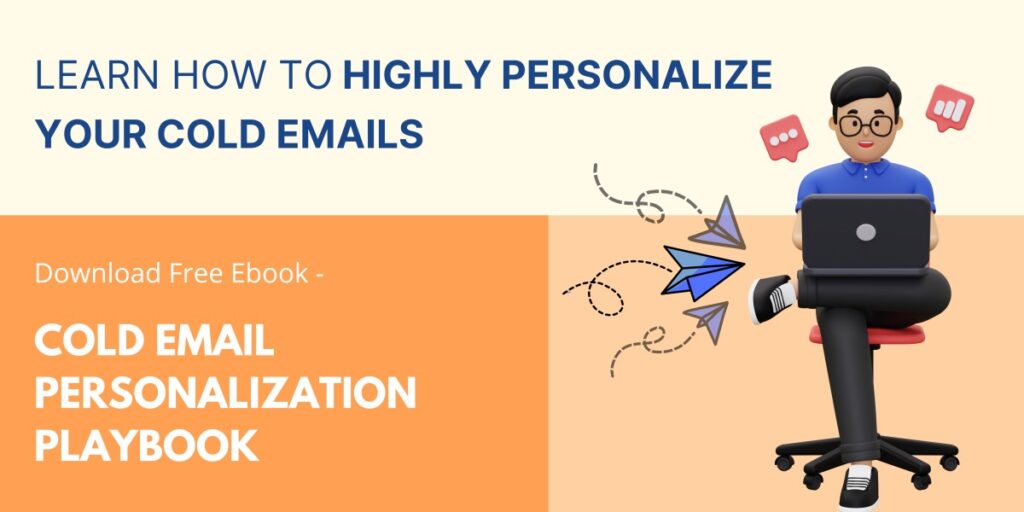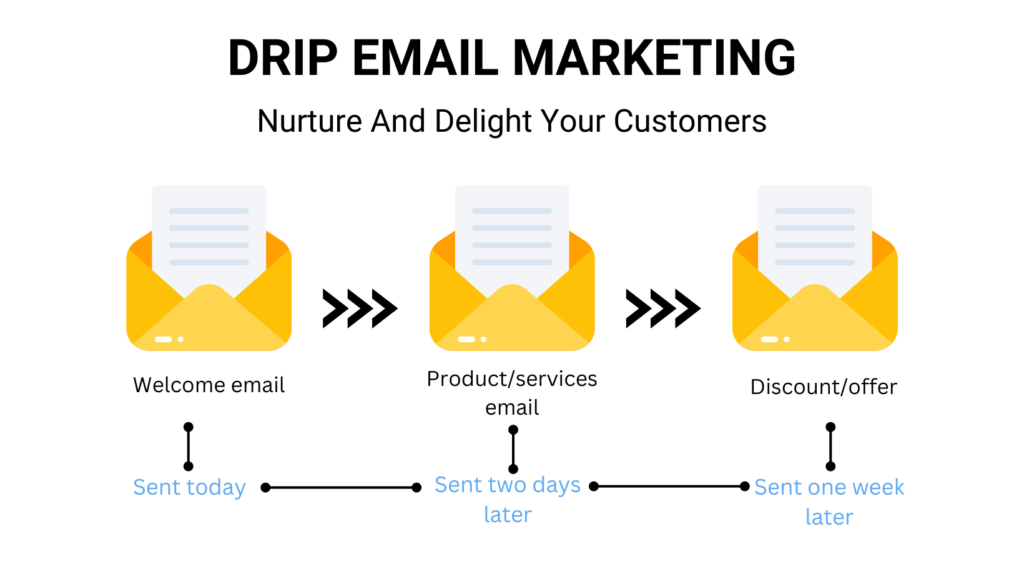Many of us are still struggling to run successful email automation campaigns. Why? Well, the main reason is a poor strategy. However, a grasp of effective email automation tips can help here.
If you are too struggling to achieve results, read this post further.
Here, we have covered all the best practices for email automation that will help you run a successful email marketing campaign and achieve your Goals.
So, let’s dive in.
Email automation tips and best practices
While email automation helps you save a lot of time, you have to put some effort to build an effective workflow. The following tips will help you simplify your task.
1. Define your Email Automation Goals
First things first! Hence, it’s crucial to define a clear goal before setting up your email automation campaign. It will help you determine the purpose and desired outcome of your campaigns.
Plus, clearly defining goals will also allow you to create a tailored content structure and drive better results.
You may have different objectives and goals in mind. Here are some common goals for email automation:
- Building customer relationships:
- Driving conversions:
- Nurturing leads:
- Retaining customers:
- Improving customer service:
Once, you know what you want to achieve, you can ensure that your email automation efforts are focused, effective, and aligned with your overall marketing strategy.
2. Segment Your Email Automation List
Segmentation is a great way to optimize your email automation campaigns. You can send the right message to the right customer at the right time.
It allows you to target each customer group independently with specific emails that are tailored to their needs and interests.
You can segment your audience depending on their demographic information, behavioral data, interests, purchase history, and engagement level.
This will allow you to target each customer group independently, increase the relevancy of your messages and highly personalize your emails.
3. Personalize your Automation Emails
Data from Statista tells that more than 333 billion emails were sent and received per day in 2022. So, you definitely need to create emails that stand out.
Personalization greatly helps you here. It is one of the most important email automation tips, you should not ignore.
In fact, personalizing your emails helps you drive 15%-25% more engagement than emails that are not personalized.

But how can you personalize your emails better than others is the main question?
Well, your segmented list plays a vital role at this point. Depending on your targeted segment list, you can personalize your emails with the following 3 best practices.

- Customize your subject lines
Here, we are not talking about the “Hi, (first name)” kind of usual personalization. You need to tailor your subject lines based on the research done on that particular segment. You may target their past purchases or recent interests.
Here are some examples for your reference: “Thanks for your interest in our organization [first name],” “Want to learn more about how our acne products can help you [first name],” or “[First name], here are 5 tips for establishing an effective skincare routine.”
Tip: Make sure to use a conversational tone in your subject lines. This increases your open rate drastically.
- Customize your email content
It’s important to maintain a personal and conversational tone throughout the body to level up your customization. This will make the email more appealing to the recipient and increase the chances of it being read and acted upon.
- Customize senders
You can further customize your emails by showcasing that the emails are sent from a reliable source rather than a generic source.
For instance, emails received from “Tim, your admission consultant” are more likely to be opened than emails received from “office@admissions.com”.
4. Set Up Effective Email Automation Triggers and Conditions
This is another one of the crucial email automation tips. Effective triggers and conditions are key to ensuring that your email automation is both timely and relevant.
They provide the necessary structure to your process, so it’s important to get these set up correctly from the start. Knowing when and how to set up these triggers and conditions will help ensure your automation campaigns run smoothly and as intended.
Here are some common triggers for email automation:
- Date-based triggers: Send emails based on specific dates, such as a subscriber’s birthday, or the date they joined your mailing list.
- Behavioral triggers: Send emails based on actions that a recipient has taken, such as visiting a specific page on your website, downloading a resource, or making a purchase.
- List membership triggers: You can send emails based on a recipient’s status in a particular email list, such as when they join or leave the list.
- Score-based triggers: You can send emails based on a recipient’s score, which can be calculated based on their engagement, interests, or other factors.
Depending on factors such as demographic information, behaviors, interests, or purchase history, you can use conditions to determine which recipients receive which emails
5. Monitor Metrics and Analytics to Gauge Success
To ensure your email automation is working effectively, you need to track performance metrics like. There are various email automation tools that can help you track:
- Open rates: This metric will provide you insight into how effective the subject line and sender name were in capturing the recipient’s attention.
- Click-through rates (CTR): This will help you measure the success of the call to action in the email.
- Bounce rates: If it’s high, you will know that the problem is with the email address or the email’s content.
- Conversion rates: You can measure the effectiveness of your campaign and rework it accordingly.
- Spam complaint rates: This metric is important as it can affect the deliverability of future emails. It will help you take action on time.
Use this information to continuously optimize campaigns for better results.
Bonus Tip: Be Sequential
Instead of sending separate, isolated emails, create a sequence of emails that flow logically together in an email campaign. You can start with an introductory email and send follow-up emails eventually. Here’s a demo:

This approach helps you drive better results for your campaign.
Conclusion
Email automation is a powerful tool that allows you to quickly set up and automate emails to increase engagement, generate leads, and grow your business.
It allows you to boost your marketing efforts, save time, and maximize the impact of your emails. However, only if you follow the right techniques and strategies.
Here are some email automation examples you can refer to.
We hope, you successfully achieve your goals with these email automation tips.

Leave a Reply